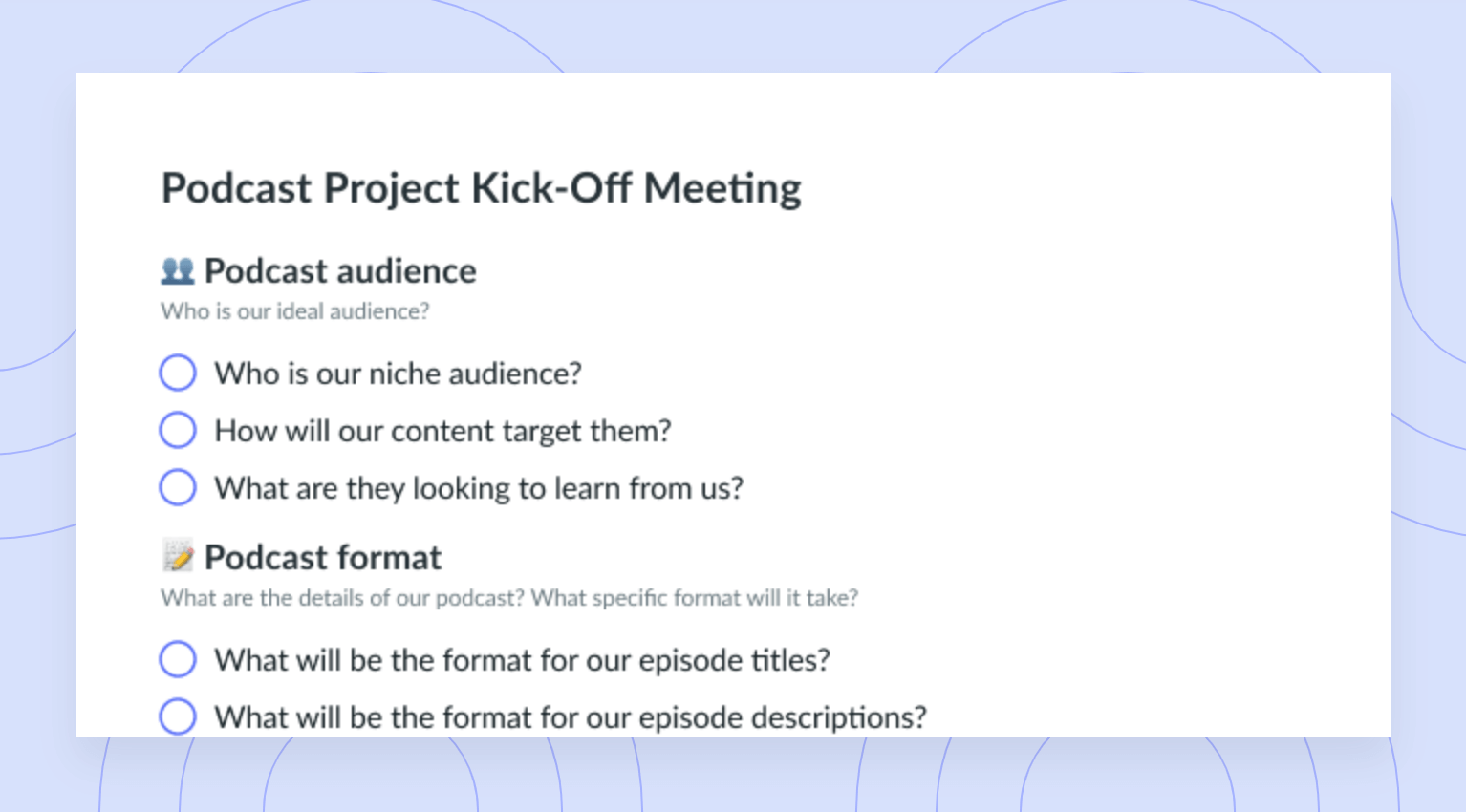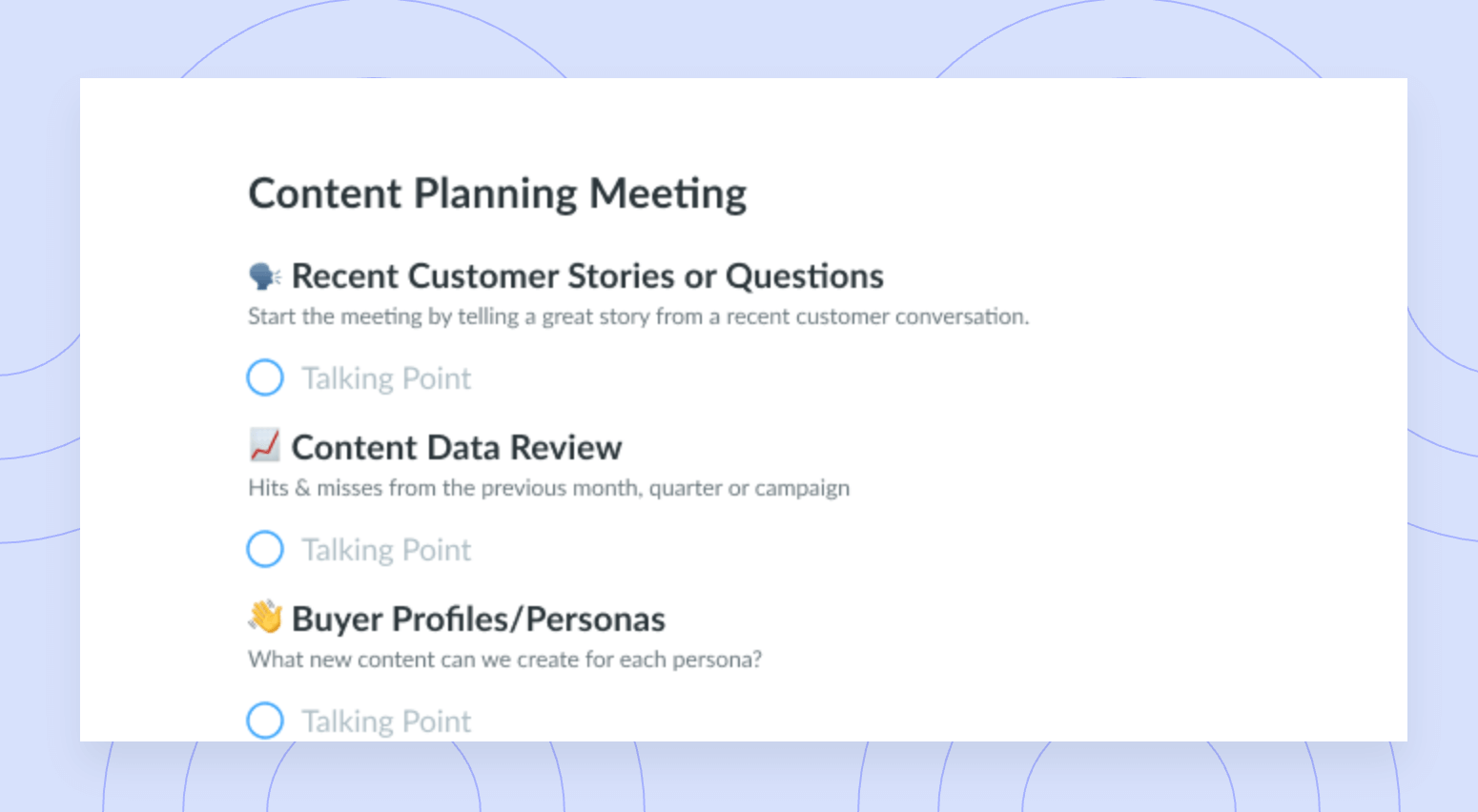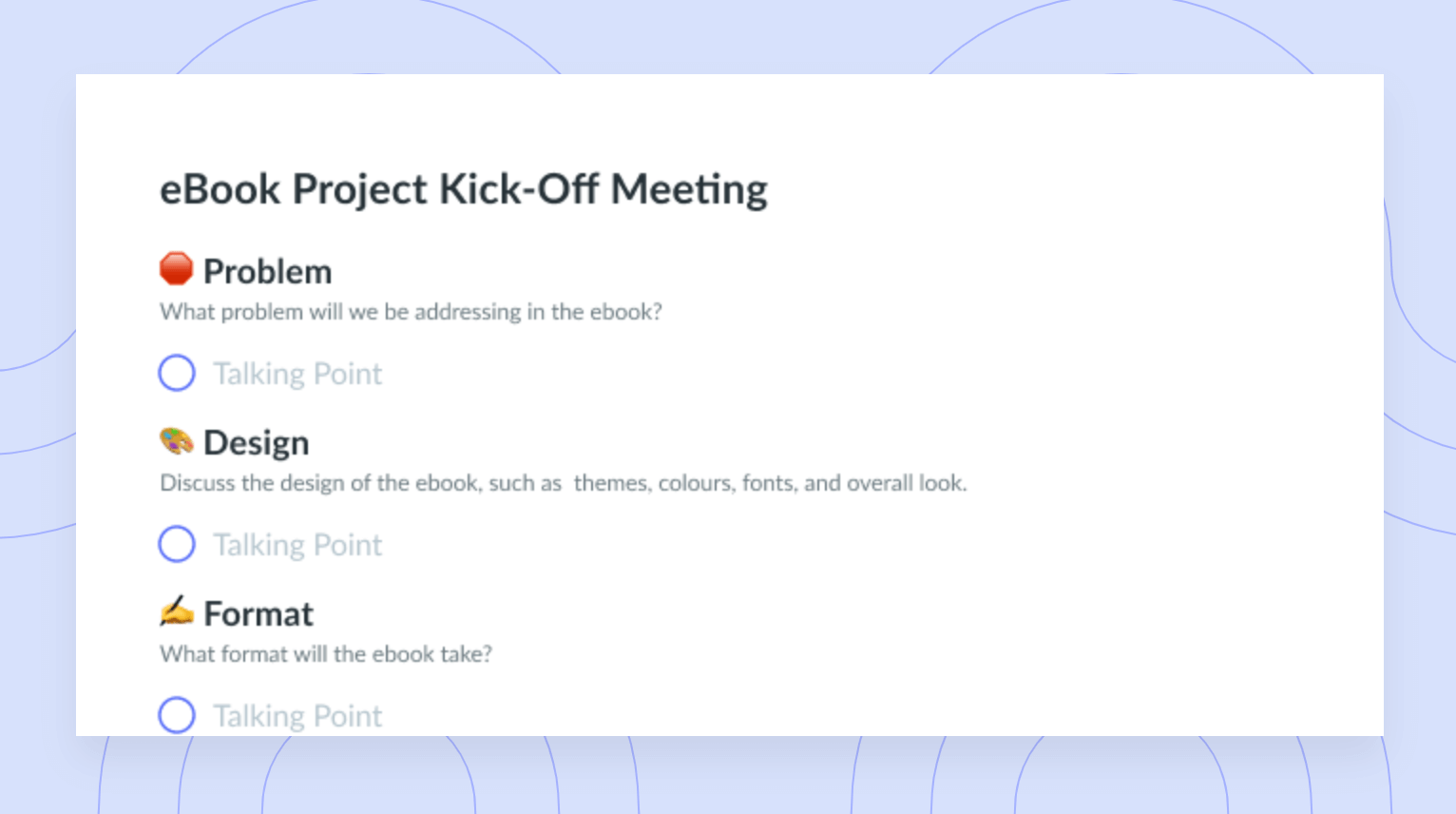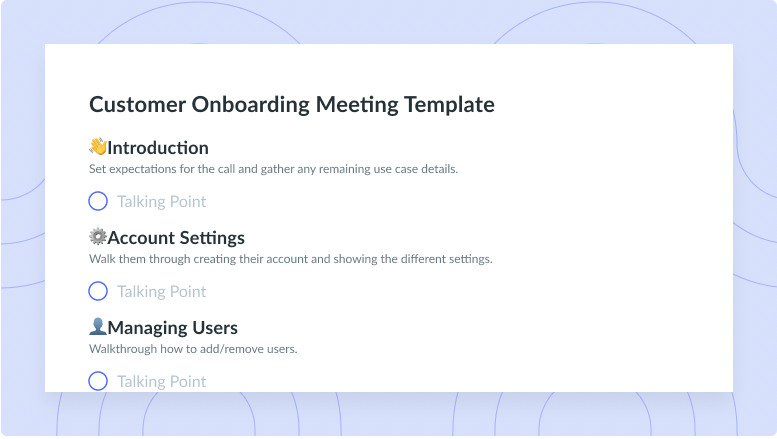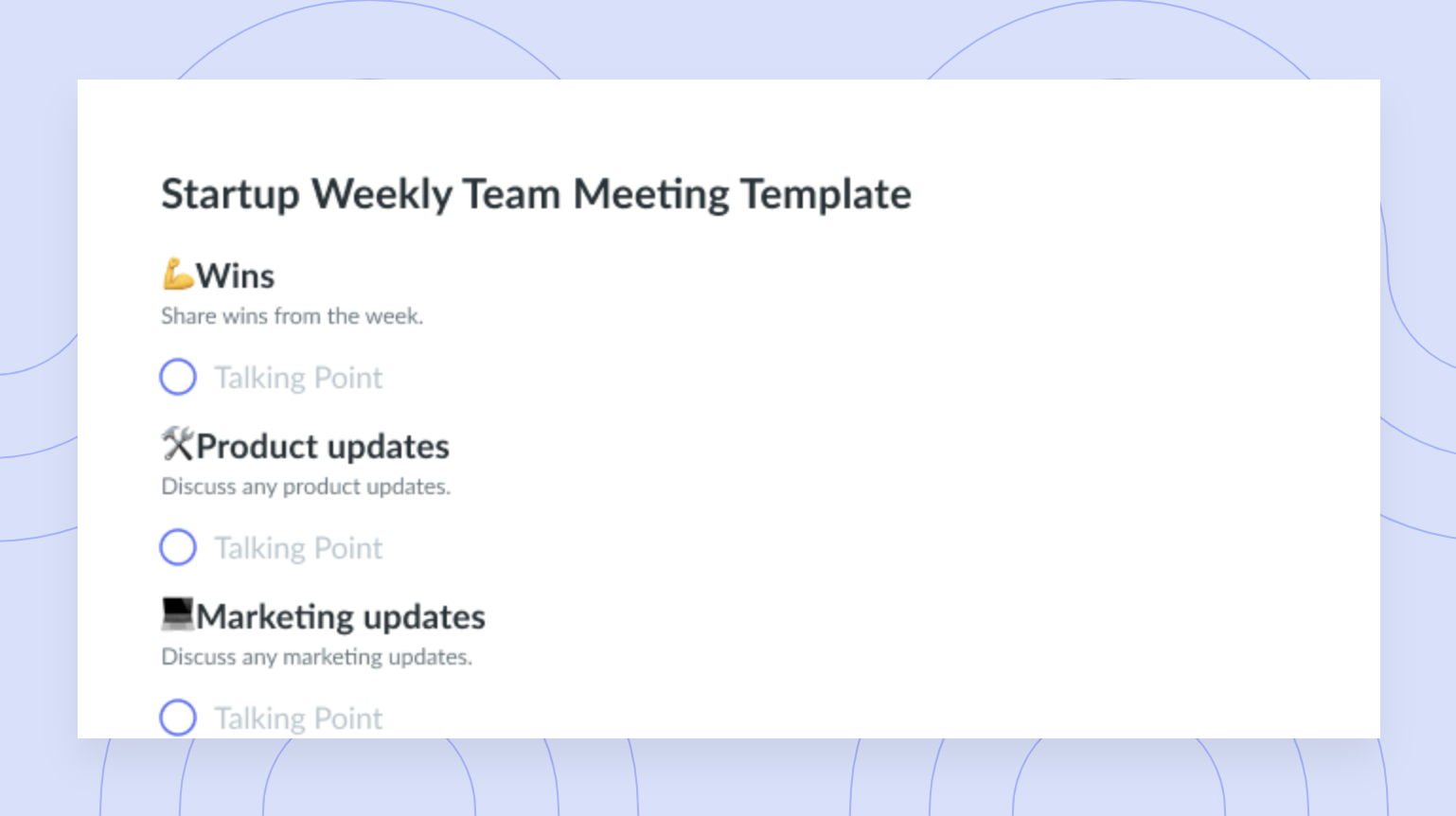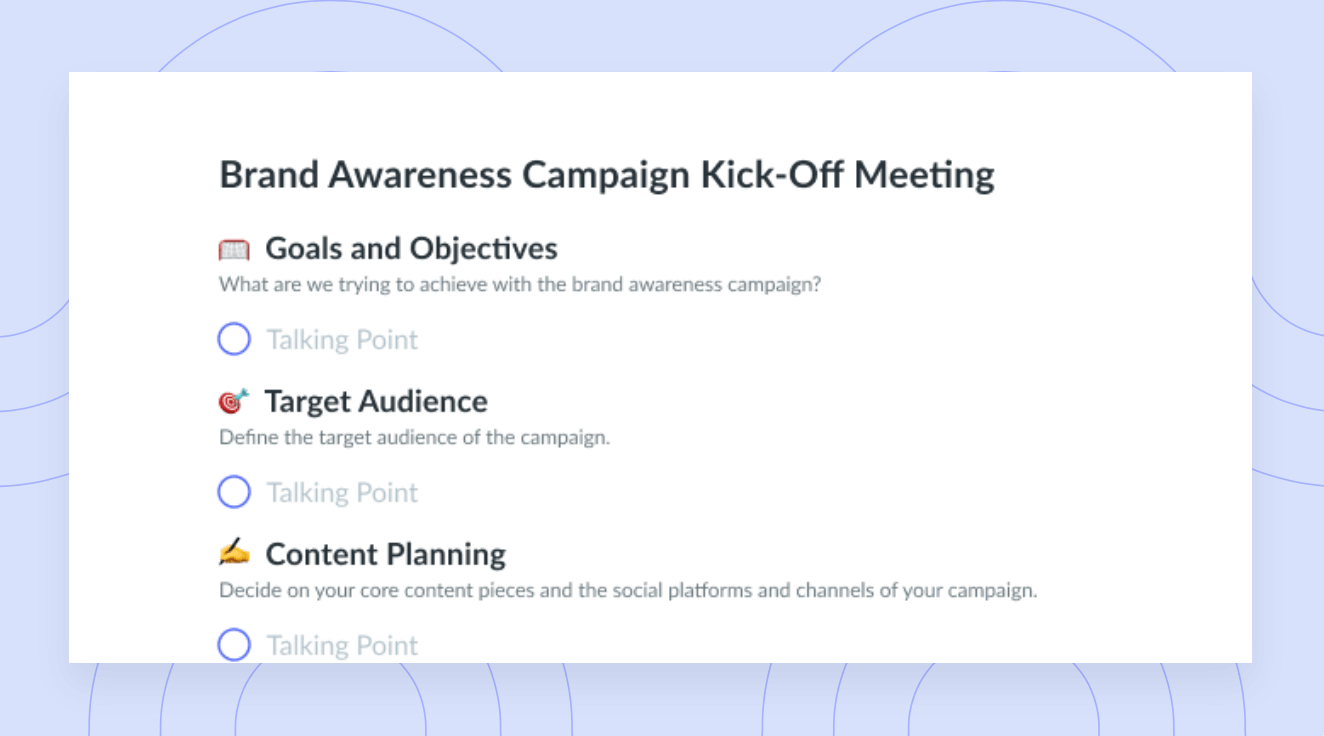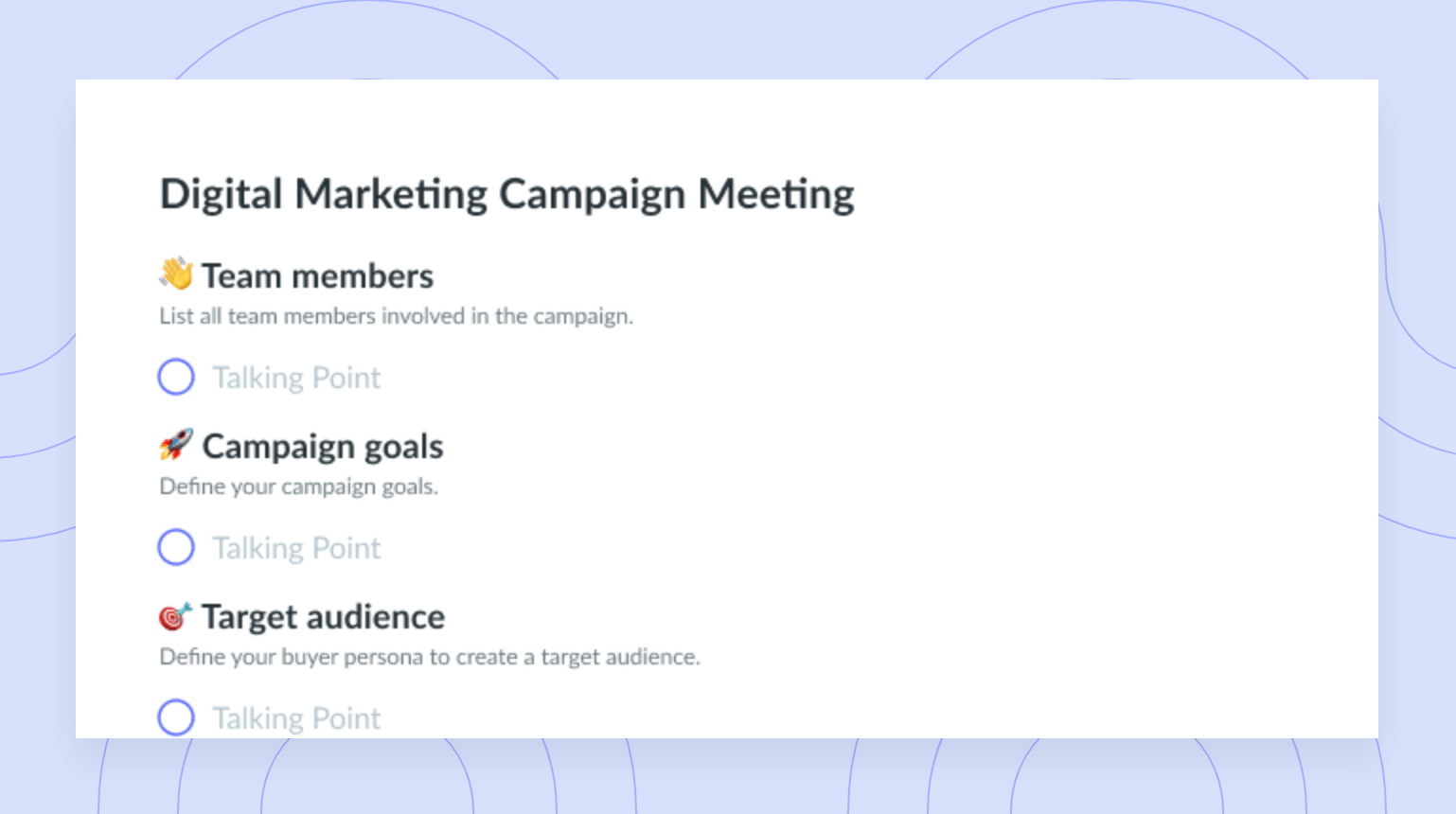Writing Effective Email Announcements [+ Template]
Lern how to craft engaging and informative email announcements to get your customers excited about your new updates!
Email marketing is one of the most effective campaign channels that a brand has at its side. In fact, a majority of small and medium-sized businesses even consider email marketing to be their second-biggest channel opportunity to gain new customers.
As you build out your email marketing strategy, you want to carefully consider how you leverage it to make the most of nurturing your customers—without annoying them by flooding their inbox, that is. Here, we’re introducing you to announcement emails and providing you with a few tips and tricks for writing an effective announcement email campaign that will pull in new leads and keep your business growing!
What is an announcement email?
An announcement email is used by email marketers to share major updates about a business or a specific product. As the campaign contains important new information, it can be shared with current customers who might be affected by the recent changes. In addition, you could consider sending it to hot leads who are on the verge of purchasing a product or engaging with your business for the first time.
If you’re launching a new product, awesome! You can send the campaign to the whole wide world, or anyone who you want to notify about this new milestone.

Meetings worth showing up to
A well-run meeting can foster communication and collaboration by including an agenda the whole team can contribute to. Try using a tool like Fellow!

How to write an announcement email
- Know the purpose of the email
- Have a clear subject line
- Add an introduction
- Include context
- Have multimedia
- Write a call to action
- Provide all the details
- Close the email
- Review before sending
1 Know the purpose of the email
Other than product launch announcements, this type of notification can inform your current customers and audiences about business changes like new office expansions, the completion of an acquisition, or other relevant news. Knowing why you’re sending this email out can help you prepare a relevant message. In some cases, you might send the announcement to multiple audiences, each of which needs different messaging in separate versions of the email—for example, notifying a customer of a product launch to buy versus notifying a retail partner that a new product will soon be available to sell.
2 Have a clear subject line
It’s tempting to be overly creative and witty in your subject line, but if you’re not able to clearly show your audience that this email is in fact super important to your business, they might end up skipping over it.
On the flip side, don’t make your subject line more urgent than it needs to be (that is, avoid capitalizing text or putting “URGENT” unless actually relevant).
Again, knowing your audience can help you cater the subject line to them and will ensure they see and open your email.
3 Add an introduction
Before jumping into the news, make sure to nurture your recipient. Adding a bit of an introduction at the start of the message can ease them into the new updates. As the impact and intensity of your news increases, the time you spend crafting a great introduction should, too. However, at any level, you can’t go wrong with a super simple intro that includes a bit of personalization—like, “Hey, [First Name]! We have some exciting news to share and wanted to tell you first.”
4 Include context
So, your email list gets the email. They open it. And then they think, “why should I care?”
Explicitly tell your audience why this message matters, or at least why you think they should care about it. This explanation varies greatly depending on what you’re announcing. For example:
- “We’re launching a new product, and we wanted to offer current customers the first chance to get in on the pre-sale!”
- “We launched a new office on the other side of the world. To ensure we’re doing the best for our customers, we wanted to notify you about new changes to our Terms and Conditions.”
5 Have multimedia
Using media can be a great way to entertain and inform your audience in a way that’s more engaging than text. Even integrating icons with text to help visualize product features or key points of the announcement can help your audience take in the new information.
Infographics are becoming a popular way to display information and engage users. Last year, 56% of marketers who used infographics said this was their most effective form of content. If you’re announcing the results of a study, business KPIs (key performance indicators), or another story with lots of data, using infographics might be a fun way to go!
6 Write a call to action
The entire purpose of notifying your email list of a change is that you want them to do something about it. A call to action (CTA) directly guides the reader to complete the action that you have in mind. If you don’t state this CTA explicitly, you might find that your readers otherwise won’t connect the dots! Some examples of CTAs include:
For a product launch:
- “Buy Now”
- “Discover More Features”
- “Book a Demo”
For a business announcement:
- “Read the Full Story”
- “Submit Your Feedback”
For sharing new content:
- “Download Now”
- “Read More”
- “Access Here”
7 Provide all the details
To avoid spamming your recipients’ inboxes, you want to try to condense all the relevant information into one message. If your email is inviting people to attend a specific meeting, you can include meeting agenda details, for example. Likewise, invitations to attend webinars or conferences should also have complete event information, regardless if the event is online or in person.
If you’re offering a specific promotion, don’t forget to include terms and conditions or any deadlines that might be relevant.
8 Close the email
Don’t just say your bit and get out. Remember that you’re nurturing a customer (or potential future customer), and you want to work on small details that will help build that relationship. Closing your email with your name, a reminder about the CTA, and a short sign-off is a great way to bring your announcement to an end.
Additionally, you might opt to integrate a footer. It’s common for a lot of email newsletters to have a footer that contains information about the company, social channels, and a generic CTA (one that’s relevant, of course). Almost anyone can also add a footer to direct emails with their name, title, and contact information—it’s a small touch that really impacts how professional your email appears.
9 Review before sending
Before sending off your big announcement, make sure you do a thorough review! This includes looking for spelling mistakes, ensuring that you’re addressing the right message to the right audience, and verifying that links work correctly and that the subject line is easily understandable.
When reviewing emails before sending, you might consider asking a teammate to take a second look. As well, planning for a day in between when you write the email to when you send it can give you time to clear your mind and come back to review it with a fresh perspective.
Announcement email templates
Generic template
To get you started, we’ve put together a short generic template that you can modify to suit your announcement. This template is suited for a direct email to a recipient but can be modified for an email marketing campaign with added visuals and separation of the text, so each set of brackets is in a different section of the campaign.
Hi [Recipient],
[One sentence introduction to yourself or the company if needed]. [One sentence to introduce the announcement]. [One to two sentences on why you’re reaching out/why this announcement is relevant to the recipient].
[A call to action]. [Any additional details such as deadlines, meeting invites, terms, or conditions].
[Your sign-off]
[Footer with your name, title, and contact information].
Parting advice
As you grow your company, announcing major updates is so important to keep your audience engaged. Announcement emails are perfect for updating current customers, leads, and even internal teams.
Getting the right messaging doesn’t come easily. You might consider experimenting with different ways of explaining the announcement or with your CTA. Over time, you’ll see what drives the most conversions—and ultimately helps email marketing continue to be an effective channel.
![How to Write a Thank You Email After a Meeting [+Template]](https://fellow.app/wp-content/uploads/2023/12/thank-you-for-the-meeting-email-2.jpg)






![11 Strategic Ways to Get Buy-In for Your Ideas [+ Free Template]](https://fellow.app/wp-content/uploads/2022/08/Ways-to-Get-Buy-In-for-Your-Ideas-2.jpg)
![Tips for Writing an Effective Executive Summary [+ Example]](https://fellow.app/wp-content/uploads/2022/05/Writing-an-Effective-Executive-Summary.jpg)


